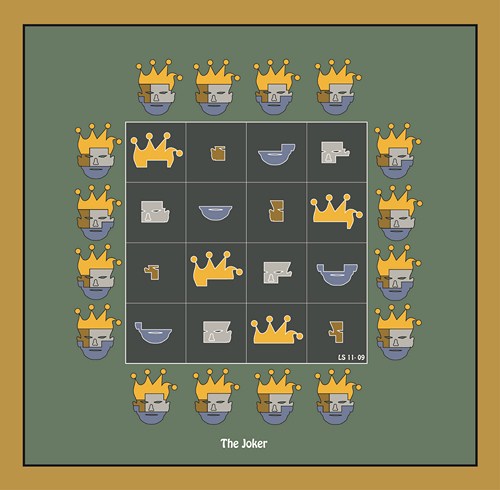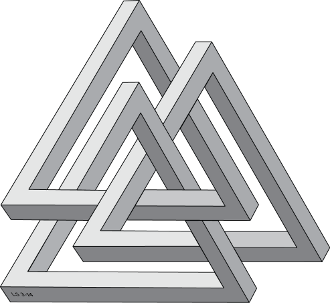In 1948 Melvin Wellman discovered this pretty anagram:
ELEVEN + TWO = TWELVE + ONE
And Dave Morice found this:
THIRTEEN + TWENTY – ONE = (NINETY / TWO) – TEN – THREE
Lee Sallows discovered two similar specimens in Spanish:
UNO + CATORCE = CUATRO + ONCE
DOS + TRECE = TRES + DOCE
These can be combined to make more:
UNO + DOS + TRECE + CATORCE = TRES + CUATRO + ONCE + DOCE
UNO + TRES + DOCE + CATORCE = DOS + CUATRO + ONCE + TRECE















